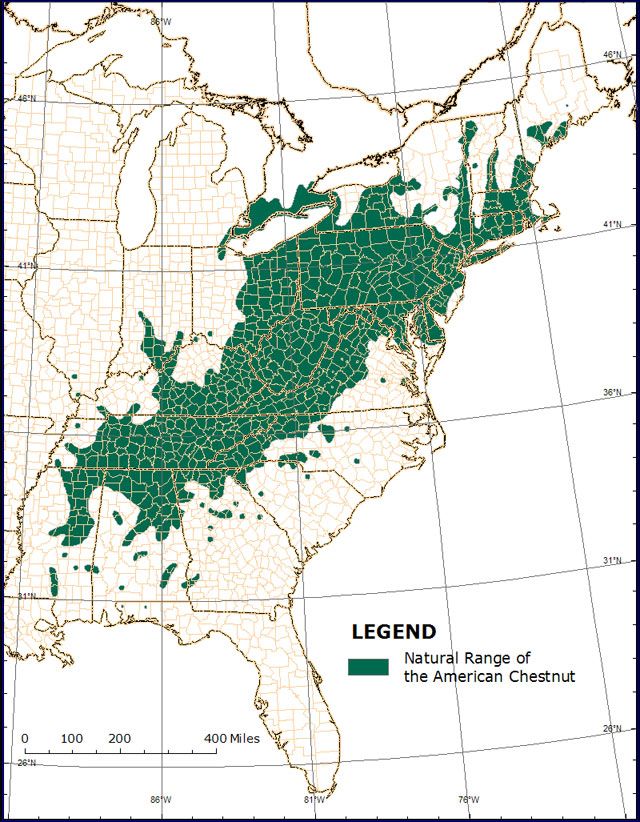
It seems that I’ve spent my entire life, in one way or another, immersed in the subject of lumber. I could (but I certainly won’t) go into a deep, contemplative, and ethereal explanation of what wood means to me. The short of it is that I have a deep admiration for trees and a rather strong connection to the lumber they provide. But it is one specific species, and the mystique that surrounds it, that has, in a way, haunted me my entire life. The American Chestnut.
As a child I ate nearly every meal on a kitchen table made of American Chestnut, a tree that has stood on the brink of extinction due to a ravaging blight since the early 20th century. The lumber had been salvaged from an old barn by my father and crafted into a shaker style table by a relative in New York. Even at a young age, its beauty was captivating. But the story of the American Chestnut, told by my father at that very table, was even more so. Since then I’ve been drawn to the wood wherever I can see it, or find it.
Yesterday, during a photo shoot for a possible cover on the next issue, I stood on 200-year-old floor boards made of Chestnut. As is typical of a home of that vintage, the boards—which were faced nailed with square nails (likely hand forged, but possibly cut)—varied in width from an impressive 10-inches to a jaw dropping 20. I had done some work on the windows of that very home years ago. I walked around a bit and eventually made my way into the small basement. Ducking below support beams, which were chestnut tree trunks that still had their bark, I made my way to a far corner. There, lying on the dirt floor against the stone foundation was an 8-in.by 8-in hand hewn chestnut beam that was upwards of 12 feet long. My palms began to sweat when I saw it. I’ll be calling the homeowner this weekend.
Am I the only one stricken with this sickness? Do you have a tree, or a species of wood, that has special meaning to you? Add a comment below. Feel free to elaborate on why it’s special, and what your greatest finds have been.
Fine Homebuilding Recommended Products
Fine Homebuilding receives a commission for items purchased through links on this site, including Amazon Associates and other affiliate advertising programs.

Handy Heat Gun
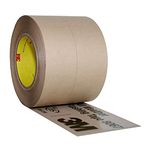
8067 All-Weather Flashing Tape

Reliable Crimp Connectors
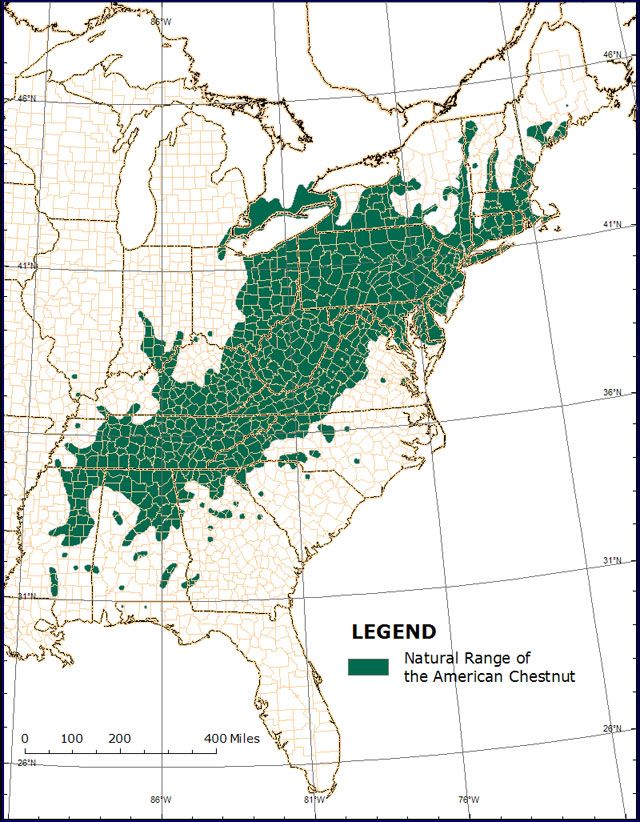
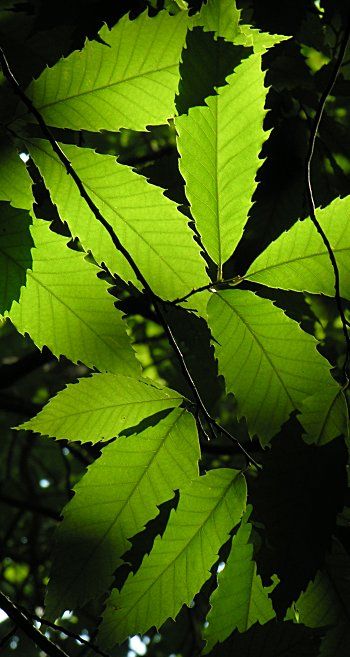
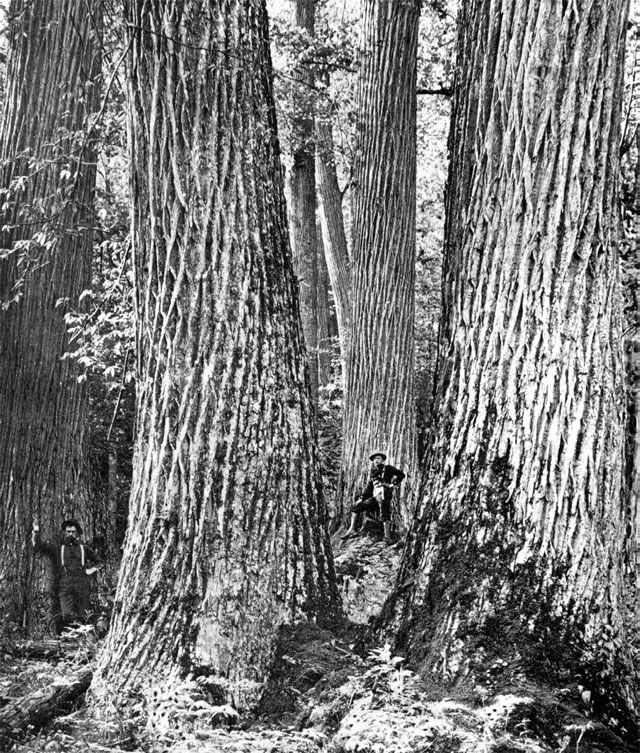
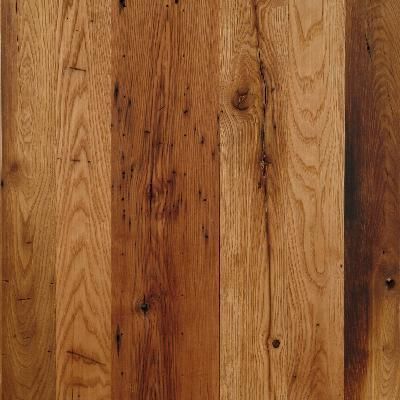
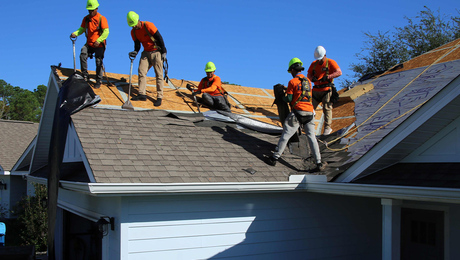


















View Comments
I always keep an eye open for antique wood, not only chestnut but pine, oak, etc.
Old growth wood is much more stable and stronger then what is available today and in my opinion more attractive with a tighter grain and centuries old patina
The tree monkey on my back is Douglas fir, which is evidentally a pine. I grew up in Northern California, where the tree is common along the coast. And once I became a builder in the Bay Area, I worked my way through piles of it, both as framing lumber and as a finish material. When a saw chews through green Doug fir, the air smells like pineapples on a hot day.
My local lumberyard was next to the track where I used to go for a jog everyday. As a cool down, I'd walk through the yard, looking at the end grain of the units of 2x fir, searching for that tell-tale tight vertical grain that indicates "jackpot". I'd pull out those prizes, carefully stack the wood back, and head for the checkout desk to put them on my tab. Did they care that I was high-grading the lumber pile? I asked Babe, the checkout guy if he had an opinion on the subject. He said he was glad that somebody cared enough to use the good ones someplace where they could be seen.
That lumberyard is long gone, scraped away to make room for condos. I'm in Connecticut now. But every now and then, when I'm at Home Depot, I'll find myself looking at the end grain of all those 2x sticks of Doug fir.
Curly maple. It started years ago when I saw a small table in a store window in NYC. This was before I was "in the business", but I was amazed by the highly-figured wood. Over the years I've culled through Home Depot's maple boards & occasionally find an errant piece of figured maple (birdseye is pretty cool too). Feels a bit like Christmas when I find a few.
Cmiller: I walked into my local lumberyard (last one standing) a couple of years ago & a pile of boards caught my eye. They were planks from a high school's bleachers: 6/4 old-growth, vertical grain fir. Two bolt holes every 52" & wads of gum everywhere!! A lot of scraping, but beautiful after planing. Used it for all kinds of stuff including a ladder & table for my kid's playhouse. Never get tired of looking at the 15-20 rings per inch.
I'm with cmiller on the Fir thing as well as any other Pacific coast oldgrowth, Sitka Spruce, Alaskan Yellow Cedar, Nutmeg. Yew and I get weak kneed around Redwood sinker logs.
I have a thing for Walnut. My father owns a sawmill in northern Ontario and a 100 acre wood lot. I have the privilege of picking out my walnut while standing and taking it through to the finish carvings.
I live in upstate NY in a 1855 house. My son's room and the front door area have wide plank floor boards that myself or anyone else can identify the species.It looks like a native fir or hemlock but not easily dented.As far as wood sickness I,m always looking for the American Elm in my travels.There,s one in town where i live and several nearby.
Hi,
I was born in 1931 in a small town, pop. 85, in NW Nebraska. In 1938 carpenters remodeled the old high school. Stuck deep in my smell memory is the sweet sniff of pine that was released by a jointer plane sending up curls from the edge of a 2x4. Larry Haun
Mr. Yagid- your photo of the American chestnut leaves caught my eye- by extraordinary circumstance; I don't know how, but Google brought the image up when I was searching for a particular "Peanuts" cartoon-
I recognized the leaves, and tracked the post down. There are indeed others who share your passion for American chestnut- but you don't mention them here, so I thought I would let you know. Please go to http://www.acf.org/ and take a look.
I think you'll like it.